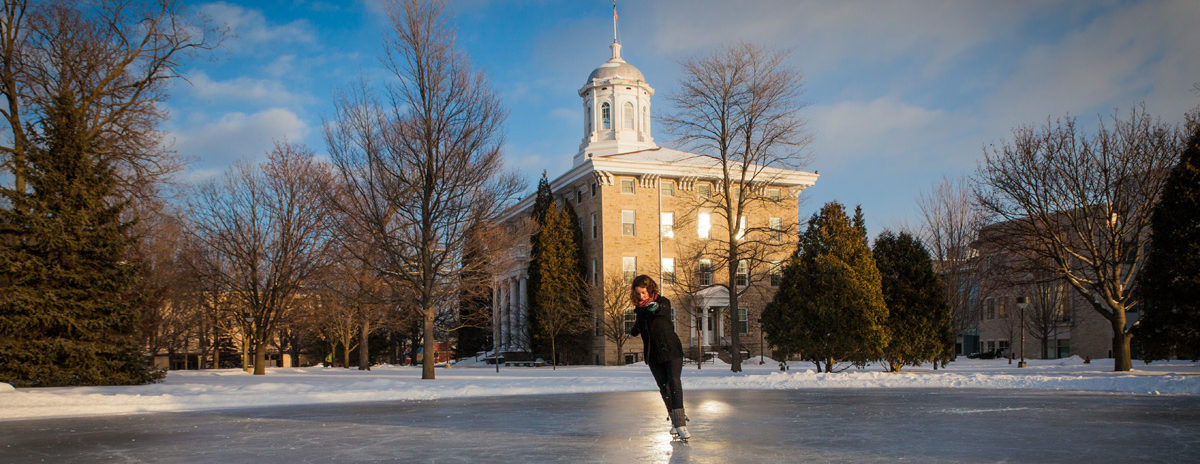In his commentary on NPR today, Frank Deford tells a touching story of a basketball game between two D3 schools, Washington College (Chestertown, MD) and Gettysburg (PA). We know the story is about two schools that aren’t even in our conference (let alone our time zone), but it’s worth repeating. From the original article posted at NPR:
When last we left the NCAA, it was February madness, colleges were jumping conferences, suing each other, coaches were claiming rivals had cheated in recruiting — the usual nobility of college sports.
And then, in the midst of all this, the men’s basketball team at Washington College of Chestertown, Md., journeyed to Pennsylvania to play Gettysburg College in a Division III Centennial Conference game.
It was senior night, and the loudest cheers went to Cory Weissman, No. 3, 5 feet 11 inches, a team captain — especially when he walked out onto the court as one of Gettysburg’s starting five.
Yes, he was a captain, but it was, you see, the first start of his college career. Cory had played a few minutes on the varsity as a freshman, never even scoring. But then, after that season, although he was only 18 years old, he suffered a major stroke. He was unable to walk for two weeks. His whole left side was paralyzed. He lost his memory, had seizures.
But by strenuously devoting himself to his rehabilitation, Cory slowly began to improve. He was able to return to college, and by this year, he could walk without a limp and even participated in the pre-game lay-up drills.
So for senior night, against Washington, his coach, George Petrie, made the decision to start Cory. Yes, he would only play a token few seconds, but it meant a great deal to Cory and to Gettysburg. All the more touching, the Washington players stood and cheered him.
That was supposed to be the end of it, but with Gettysburg ahead by a large margin and less than a minute left in the game, Coach Petrie sent Cory back in.
Nobody could understand, though, what happened next, why the Washington coach, Rob Nugent, bothered to call time out. The fans didn’t know what he told his players there in the huddle: that as quickly as they could, foul No. 3. And one of them did. And with 17 seconds left, Cory Weissman strode to the free-throw line. He had two shots.
Suddenly, the crowd understood what Coach Nugent had sought to do. There was not a sound in the gym. Cory took the ball and shot. It drifted to the left, missing disastrously. The crowd stirred. The referee gave Cory the ball back. He eyed the rim. He dipped and shot. The ball left his hand and flew true. Swish. All net.
The crowd cried as much as it cheered.
The assistant vice president for athletics at Gettysburg, David Wright, wrote to Washington College: “Your coach, Rob Nugent, along with his … staff and student-athletes, displayed a measure of compassion that I have never witnessed in over 30 years of involvement in intercollegiate athletics.”
Cory Weissman had made a point.
Washington College had made an even larger one.
Does this kind of thing only happen at Division III schools? Most certainly not. But it illustrates the value (and values) that can mark an athletic environment unsullied by big money—one of true amateurism, where student-athletes, who are no less dedicated to their sports than those at schools we see on TV every day of the week, compete for love of the sport and, in the process, can create great human moments that remind us that, while it may be just a game, it’s more than just a game.
Need proof? Just look at Weissman’s face in the photo, and that of his teammate in the background, as he releases his free throw.

